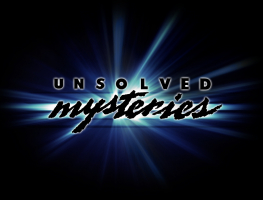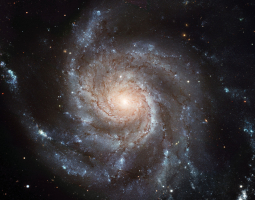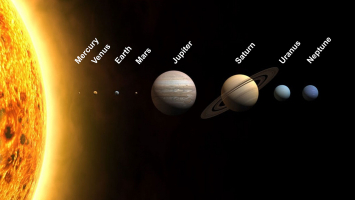Top 10 Strange Messages From Space We Still Don't Understand
Space is huge, as the late, great author Douglas Adams famously said. You simply won't believe how incredibly, enormously, and staggeringly large it is. You ... read more...might think it's far to get to the chemist's down the road, but that's nothing compared to space. Fast radio bursts and a variety of other signals that have come from the depths of space are just a few of the inexplicable phenomena that exist today. Every time such things are reported, we bipedal ape descendants down here on Earth collectively yell, "Aliens!" thanks to these deep space messages. The majority of these signals are most obviously not coming from aliens, even though the majority of them remain unexplained. At least, it is what we believe at the moment. Here are 10 unusual space signals that scientists still don't fully grasp.
-
To pique SETI's attention in something, a lot must happen. In orbit, they gather hundreds of radio signals, the majority of which are insignificant. However, the emissions they discovered coming from star HD 164595 tell a little different tale. While older than our sun, the star in question is surprisingly comparable to our sun and is located around 91 light-years from Earth. It is also known to be orbited by a planet.
The signal's amplitude is 750,000,000 Hertz, and it was originally discovered on May 15, 2015. According to researchers, if this signal originated from an isotropic beacon, it must have been sent by a Type II civilisation (according to the Kardashev scale), but if it originated from a beam that was directly pointed towards our solar system, it was most likely sent by a Type I civilization.
Our civilisation is regarded to be halfway between Type 0 and Type 1 to put this in context (with Type 1 being a planetary civilization capable of harnessing the power of their world and Type 2 being a civilization capable of harnessing the power of their entire solar system).
Before you get too excited, this signal may not have actually come from aliens despite the fact that scientists are using phrases associated with them. Intriguingly, the RATAN-600 researchers requested that SETI's radio telescopes remain constantly pointed to HD 164595.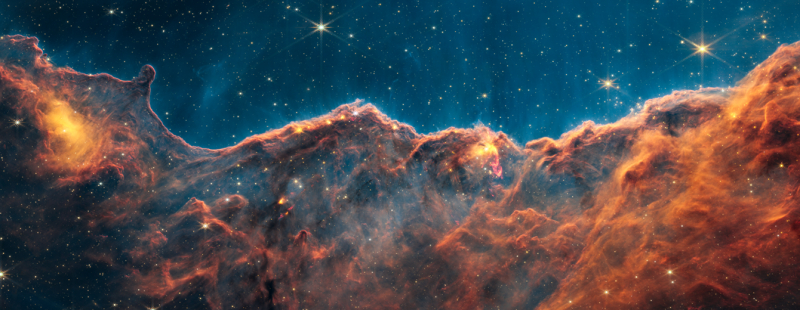
https://www.google.com/ 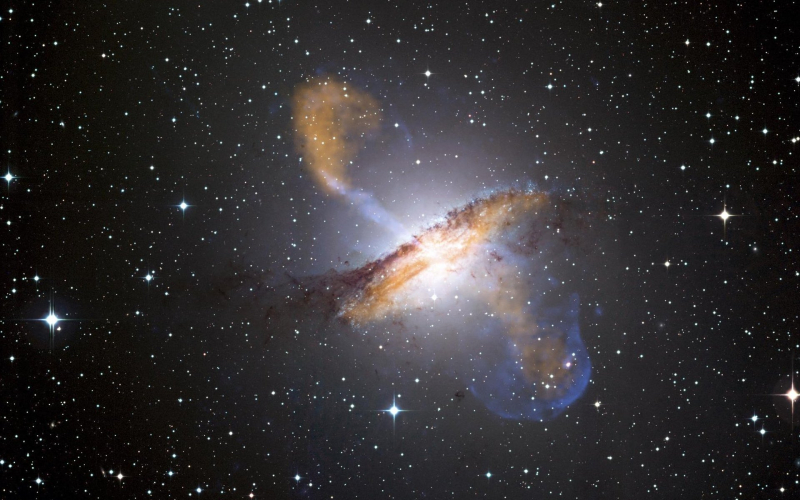
https://www.google.com/ -
Rapid action was taken by SETI researchers to refute internet allegations that a home monitoring station had picked up a signal from an extraterrestrial source. The offender, SHGb02+14A, is thought to be roughly 1,000 light-years away from Earth, between the constellations Pisces and Aries. The issue? The area from where the signal originated is devoid of recognized stars.
However, SETI claims that they are not even aware of this signal and that it is not a candidate for further examination. Natural reasons include chance, randomness, and possibly technical fault in addition to cosmic background noise. However, none of these have been firmly established as the source of the emission.
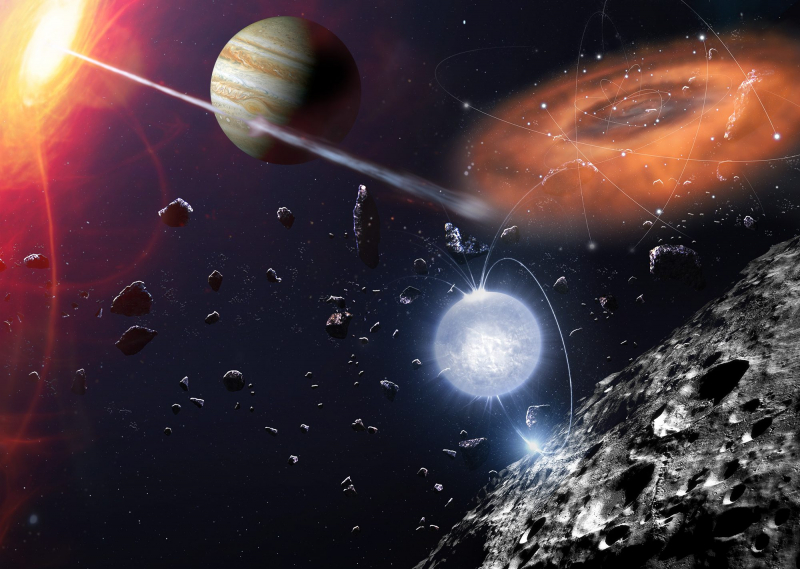
https://www.google.com/ 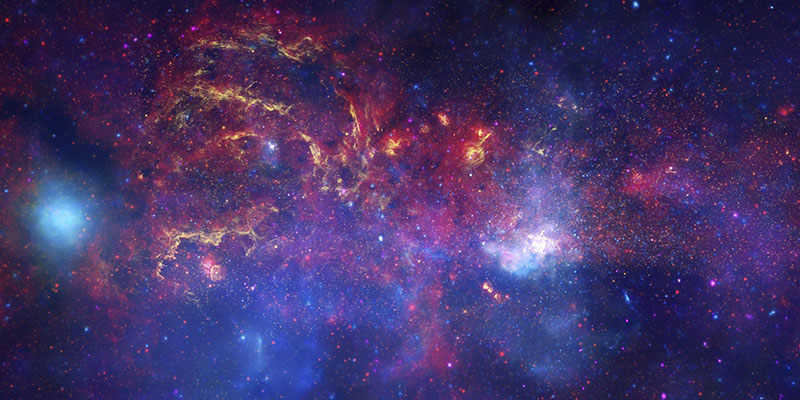
https://www.google.com/ -
When NASA sent a balloon 36,576 meters into the atmosphere in 2006 with the intention of detecting signals from the first stars to be created, they were in for a surprise. When converted into an audio wave, the signal they eventually discovered was six times louder than anything else that had been picked up before.
NASA researchers, on the other hand, believe that something else is preventing them from detecting the first stars and that this signal was instead originating from something else. And no one has yet offered an explanation for this radio emission.
In order to put this emission into perspective, keep in mind that all galaxies are comparable to the Milky Way in that they all emit a dull static hiss when translated into sound. There is no mention of quick radio bursts surrounding the Space Roar in any of the publications, despite the fact that this emission is still six times stronger than any radio signal that has been recorded subsequently (as NASA decided to call it). Which do you prefer—my name or yours?

https://www.google.com/ 
https://www.google.com/ -
In space, there is no sound. Actually, no. Voyager 1 is renowned for capturing the sounds of all the large planets in the solar system. However, plasma vibrations, radio waves, electromagnetic disruptions, and charged particles interacting with the many things in the depths of space can be converted into sound waves for our ears.
300 million light-years away in the Perseus galaxy cluster, emissions from a probable supermassive black hole have been singing the same note for 2.5 billion years, registering (once translated) 57 octaves below middle C. Scientists believe that the recordings are the result of materials exiting the black hole's accretion disk even if the signal's exact cause is yet unknown.
However, people do observe intense emissions coming from the poles of supermassive black holes, known as relativistic jets, which can shoot gas and supercharged particles across millions and millions of light-years of distance. You might object, "But I thought that nothing could escape a black hole's gravity well!" and you would be mostly correct.
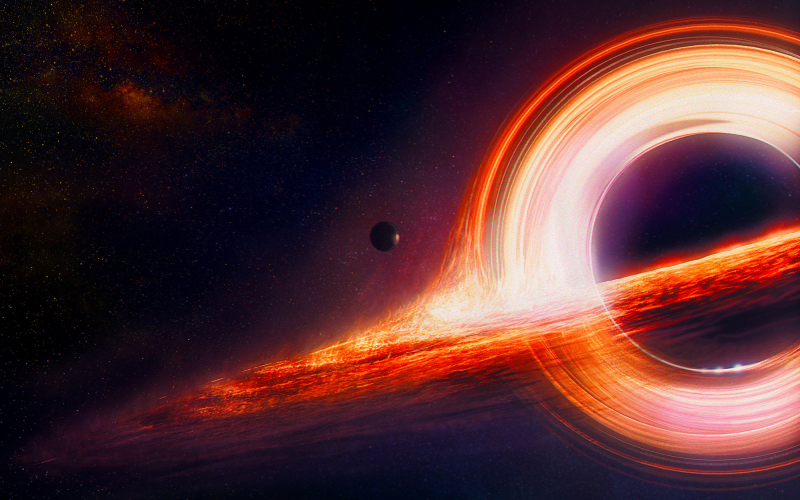
https://www.google.com/ 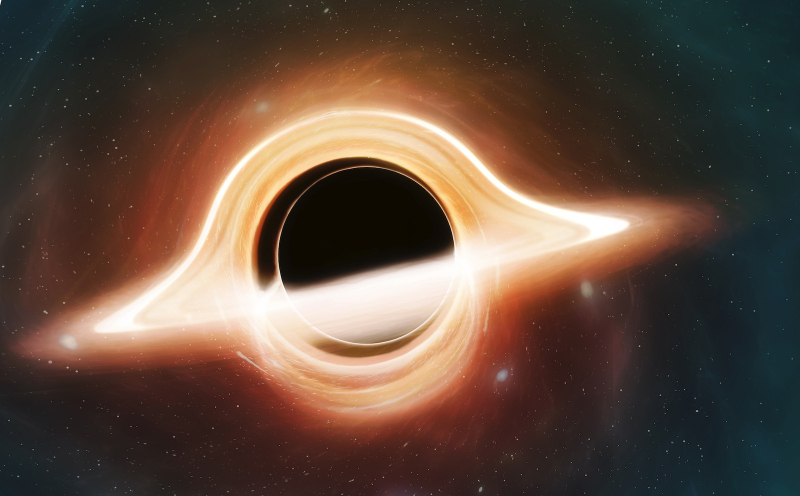
https://www.google.com/ -
The internet as a whole yelled out that this had to be an alien signal when Laval University astronomers E.F. Borra and E. Trottier presented a report about a puzzling cluster of 234 stars that produced a weird blinking pulse of light on a regular basis.
Borra asserts that the patterns he anticipated would be seen in messages delivered by an alien civilization in a 2012 study are uncannily similar to the patterns visible from the stars. But to paraphrase Neil deGrasse Tyson, every instance in which a puzzling signal from space has been discovered has a natural explanation.
However, Trottier and Borra are singing a different tune. They even provided reasons against at least three natural explanations for the phenomenon in order to support their claim that such a signal could only be explained by a civilisation seeking to communicate with us.
Although this is undoubtedly an odd assertion and we are unsure of what sort of processes could be responsible for these stars' peculiar appearance, a natural explanation cannot be ruled out. Galactic halo stars with unusual compositions and human mistake have both been proposed as explanations for the puzzling phenomenon.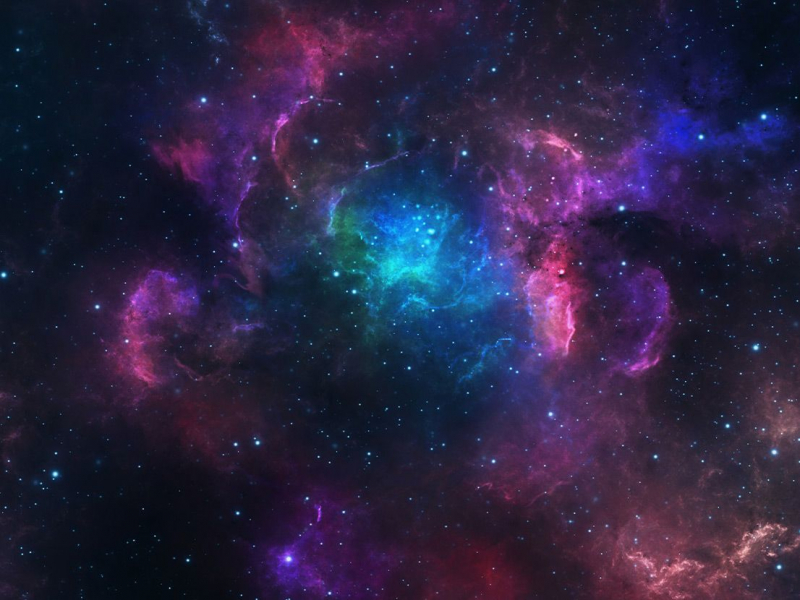
https://www.google.com/ 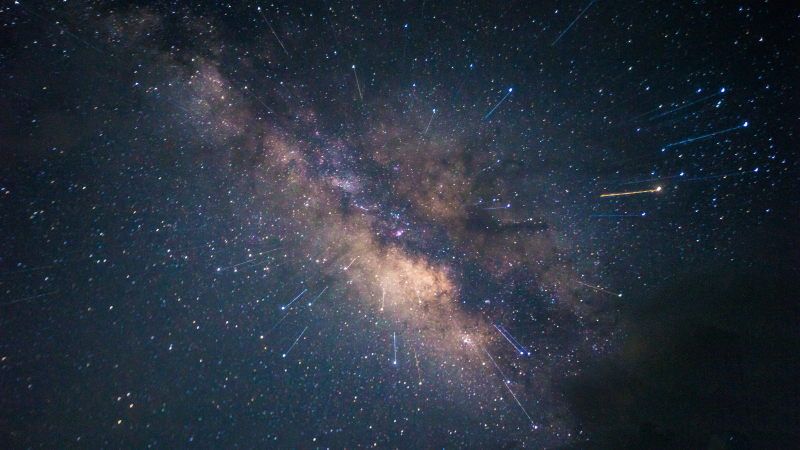
https://www.google.com/ -
The Judica-Cordiglia brothers, two Italian amateur radio operators, declared to have made a shocking discovery in 1961. They supposedly picked up a message of a woman screaming for her life somewhere between North America and Russia using their radio equipment, which was put up outside of Turin in an abandoned German bunker.
The voice on the recordings is that of a terrified Russian woman who is screaming about the intense heat and is having trouble breathing. The recording eventually comes to an end, probably with the passing of the first female cosmonaut, as the woman's voice becomes more and more distraught.
Even while the current Russian Space Agency continues to deny that these events ever occurred, the theory that Russia covered up the deaths of its cosmonauts in space is not particularly new, but it does have a few blips of supporting evidence.
Though it is interesting to note that on May 26, 1961, TASS (the Soviet news agency), reported that a sizable unmanned satellite had burned up upon reentering the Earth's atmosphere, three days after this radio communication was discovered and noted.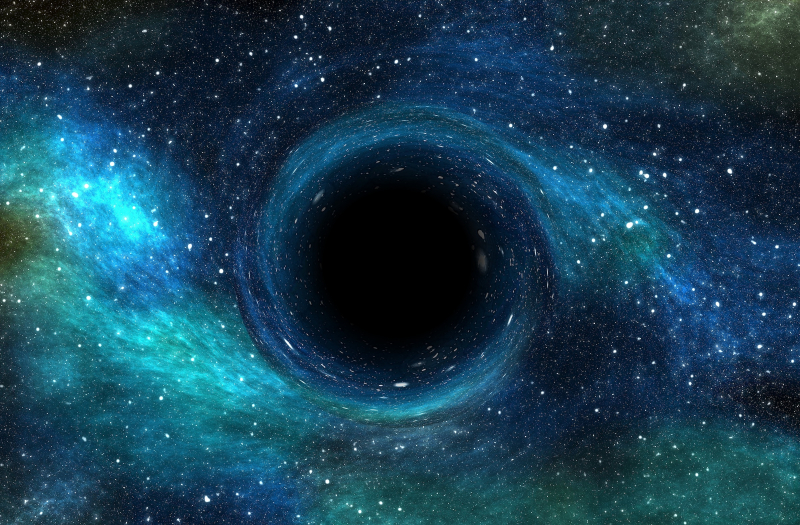
https://www.google.com/ 
https://www.google.com/ -
The first FRB to be identified was the so-called Lorimer Burst. After its primary detection beam became saturated, the Parkes multibeam detector picked up the radio burst. This suggested that the burst occurred between the beams, necessitating a very high peak flux density. Since it displays higher fluence than the majority of the fast radio bursts that have been identified since its detection, this FRB is still regarded as one of the "brightest" ones.
This FRB could be the result of a pulsar emitting gamma rays in the direction of the Large and Small Magellanic Clouds, according to one theory, although the origin is still a mystery.
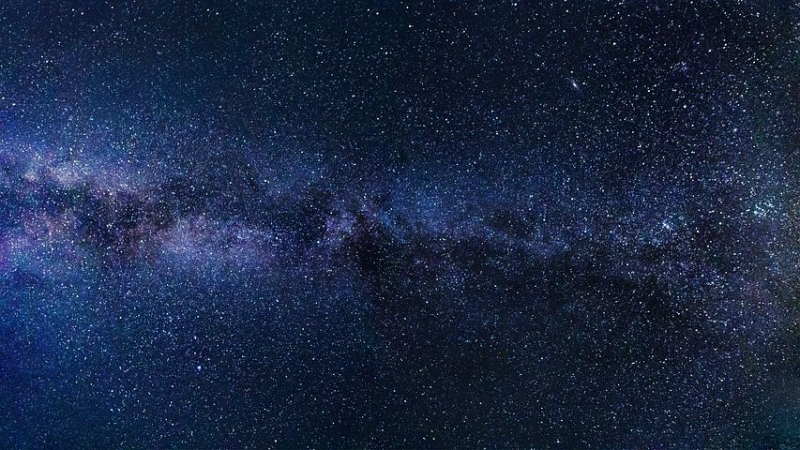
https://www.google.com/ 
https://www.google.com/ -
The Big Ear radio telescope at Ohio State University in the United States made the initial discovery of the Wow! Signal in 1977. A golf course has long since taken the place of the radio telescope (far from its history-making glory days).
The 72-second Wow! Signal was a strong narrowband signal that stood out against the noise around it like a lighthouse in the night. For forty years, the source was completely unknown, with the prevailing idea emerging in 2017 that the source was actually from a comet (a hypothesis that has been heavily scrutinized as of late).
The Wow! Signal is the sole radio broadcast that jumps out as possibly coming from an alien, in contrast to some of the other radio signals on this list. Jerry Ehrman, the person who examined the data report, noticed it and famously scrawled "Wow!" next to its uninteresting designation of 6EQUJ5.
Ehrman sat on the edge of his seat, hoping the signal would come back, but it never did. However, we could now have an answer courtesy of the Gaia telescope from the European Space Agency. Kind of. An amateur astronomer had the brilliant idea to search for sun-like stars in the area of the sky where the signal was first detected using data from the over 1.3 billion stars that Gaia has cataloged.He found 67 stars that at least somewhat matched these requirements, and one of them was an exact match. Exoplanets in this region are currently being searched for. Ironically, the source of the signal is still unknown at least right now.
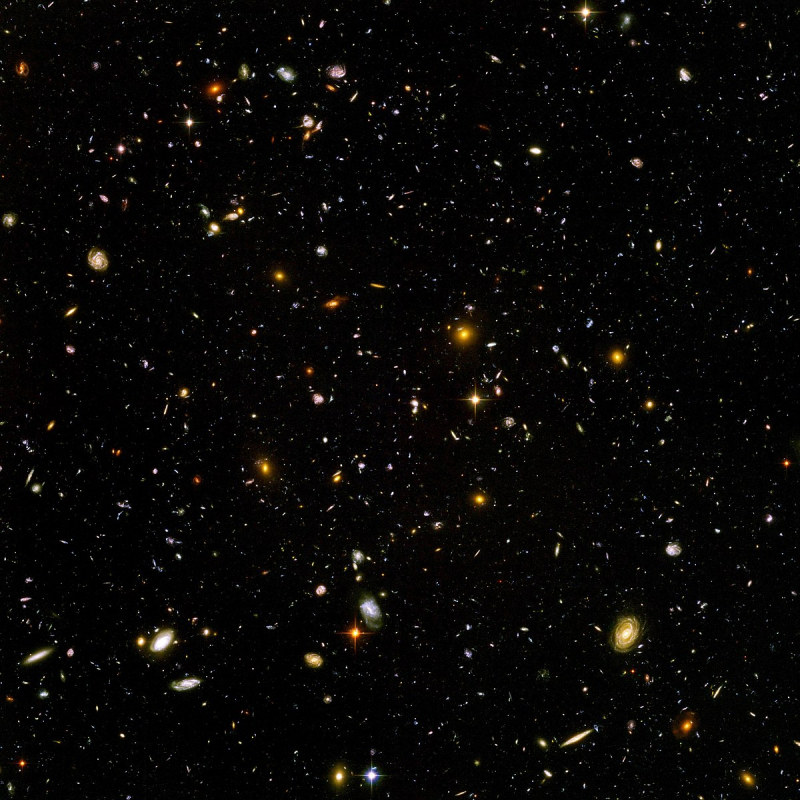
https://www.google.com/ 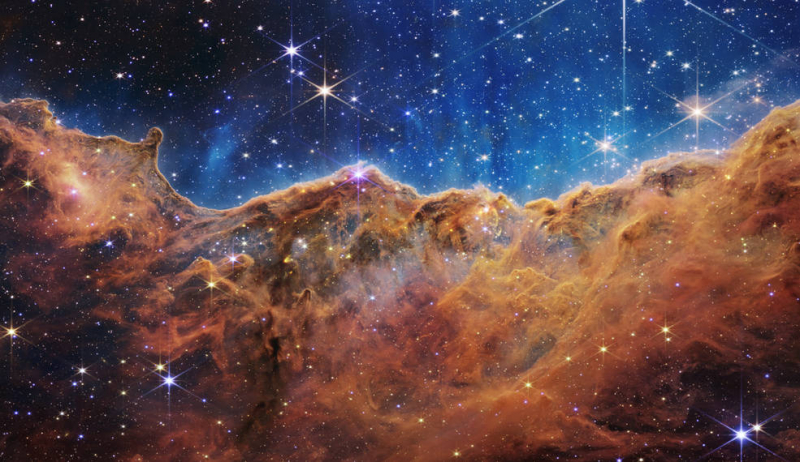
https://www.google.com/ -
During this specific quick radio burst, which lasted for around four days and appeared at seemingly random intervals, there were four days of chaotic bursts followed by 12 days of complete silence. Repeat after me. Although certain FRBs have been linked to magnetars, not all of them have been. The repeating signal in the case of 180916-J0158+65 was originating from a galaxy 500 million light-years away (they really need to come up with better names for these things).
However, the source is still a mystery. While it is conceivable that this FRB originates from a particular sort of magnetar, astronomers are unable to confirm this (scientific method and all). According to the current explanation, the supernova remnant 180916 is deformed because it is emanating from a single neutron star that has an abnormal wobble. It will need more information and research to hone in on this idea, though. However, the questioned galaxy is incredibly active, with new stars forming at a pace that is 100 times faster than what we observe in our own Milky Way.
-
Fast radio bursts, or FRBs, have baffled scientists since 2007. FRBs, which are incredibly potent radio wave flashes, are generally found in galaxies millions or even billions of lightyears from Earth. One of these bursts was located in 2020 by astronomers to a magnetar in our own galaxy.
Neutron stars known as magnetars have magnetic fields that are about a thousand times stronger than those of the Earth. These magnetic fields are so strong that whatever they orbit tends to experience complete destruction at their hands. In essence, this fictitious human would disintegrate more quickly than a Spider-Man after a snap.
Scientists have hypothesized that magnetars, which are quite potent (and terrifying), are to blame for these quick radio bursts. The first time a FRB has been traced back to its source is in SGR 1935+2154. This particular burst is noteworthy because it is the most potent FRB we have so far detected, with an energy three times greater than that of our own sun's radiation.
But because magnetars are incredibly rare in our own galaxy, just because we were able to locate the source of a FRB doesn't suggest that all fast radio bursts originate from them (there are about 30 candidates in total). Like magnetars, we also don't fully comprehend the origin of rapid radio bursts.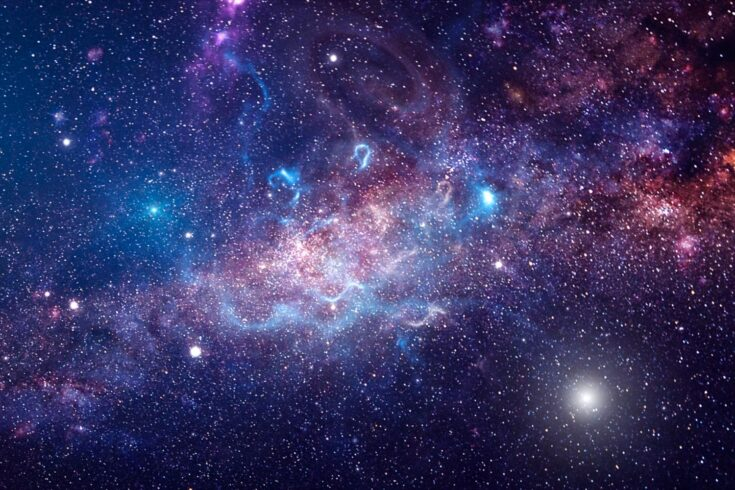
https://www.google.com/ 
https://www.google.com/





















